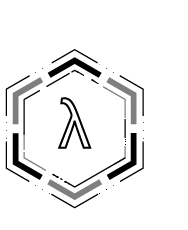
Thinner layer of insulation
The thermal conductivity coefficient lambda (λ) determines the thermal insulation properties of insulation materials. For termPIR®, it is on average 0.022 [W/mK] (Gór-Stal offers termPIR® MAX19 AL insulation boards with a thermal conductivity coefficient of 0.019 [W/m K].), where for average mineral wool this value is λ ≈ 0.040 [W/mK]. From the point of view of thermal insulation properties, termPIR® is an insulator that retains heat almost twice as effectively as average mineral wool, and in addition, we can use thermal insulation that is almost twice as thick. When compared to the second most popular product on the market, i.e. white polystyrene (λ ≈ 0.035), the advantage also falls in favor of termPIR®.
To better illustrate why it is worth investing in PIR, we present a specific example: to achieve thermal insulation of the partition at the level of the EU standard, e.g. U = 0.15 (Requirement for roofs in 2021), you need to use a 15 cm thick termPIR® layer of polystyrene (λ ≈ 0.035) About 23 cm thick, mineral wool (λ ≈ 0.040) Up to 25 cm! termPIR® is the ideal material when it comes to the quality of insulation when falling in love with the right - not too thick - insulation!
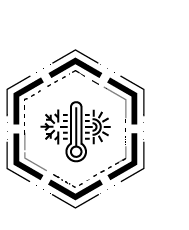
Forget about thermal bridges
TermPIR® boards, with their advanced thermal and mechanical properties, enable an innovative approach to roof insulation, such as the over-rafter system.This method is a way to completely eliminate thermal bridges in roof structures. This is of great importance from the point of view of energy saving. If the use of over-rafter boards is not feasible, they can alternatively be installed between or beneath the rafters.

High compressive strength
TermPIR® boards are extremely resistant to compression and damage, withstanding pressure of up to 12 tons. During normal use or installation, there is little that can damage them.
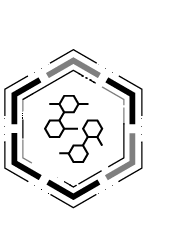
Chemically resistant
Polyisocyanurate foams (PIR) are among the materials most resistant to the chemical impact of organic and inorganic factors. Installed for years in aggressive agricultural construction - chicken farms, pigsties, barns or mushroom farms. In these demanding conditions of the presence of chemical aerosol filled with the most aggressive organic compounds. Only termPIR® insulation boards are able to insulate for many years without changing their properties.
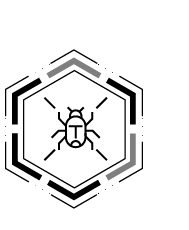
Resistant to biological factors
Few people realize that termPIR® boards are also a barrier to biological factors such as fungi, molds, mosses, lichens and small algae (algae). Their "activity" in materials such as polystyrene or mineral wool significantly reduces their insulation durability. The boards are resistant to rodent activity, which is unable to penetrate them. A marten penetrating mineral wool can practically destroy it. This often ends with the replacement of the entire layer of thermal insulation.
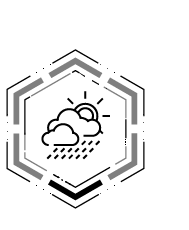
Resistant to weather conditions
The boards are highly water-resistant and can be stored outdoors safely before installation without the need for additional protection. This is not the case with mineral wool, which loses its thermal insulation properties when exposed to moisture.
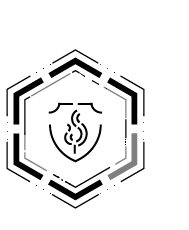
Fireproof - They do not support fire
The boards also offer excellent fire resistance, making them ideal for pitched roofs under photovoltaic panels and modern energy-efficient buildings. This ensures an enhanced level of safety.
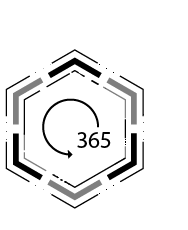
All-season installation
The boards can be installed at any time of the year, regardless of the weather conditions.

Benefits for contractors
The boards are lightweight, making them easy to transport, process and install. This also results in a reduced load on structures, such as the roof, where other technologies often require more labor-intensive and complex processes, such as full roof decking. With termPIR®, work is always quick and allows a much larger number of investors to perform at the same time.
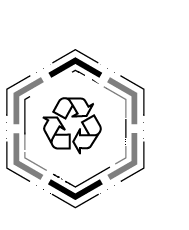
Ecology and Recycling
Rigid PIR polyurethane foam insulation boards are very stable and durable. The boards retain their properties until the end of the building's service life, which is a very long time - sometimes several generations. They can even be reused after demolition. Polyurethane foam waste after disposal can be a valuable raw material for the production of new products, and can also be a partial replacement for the original raw material.

